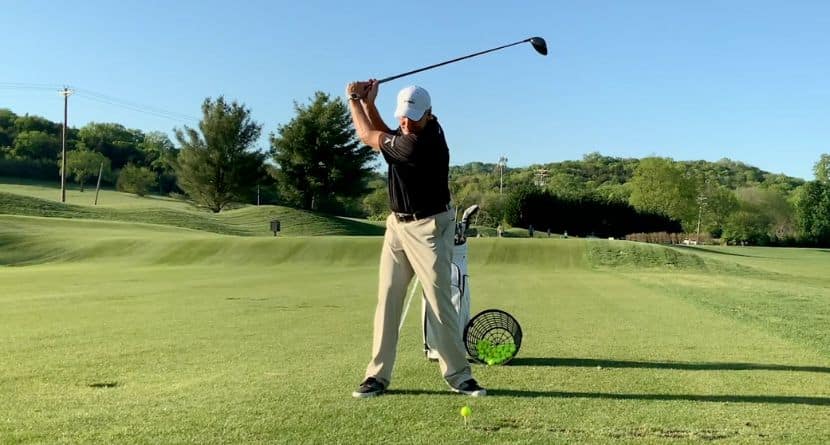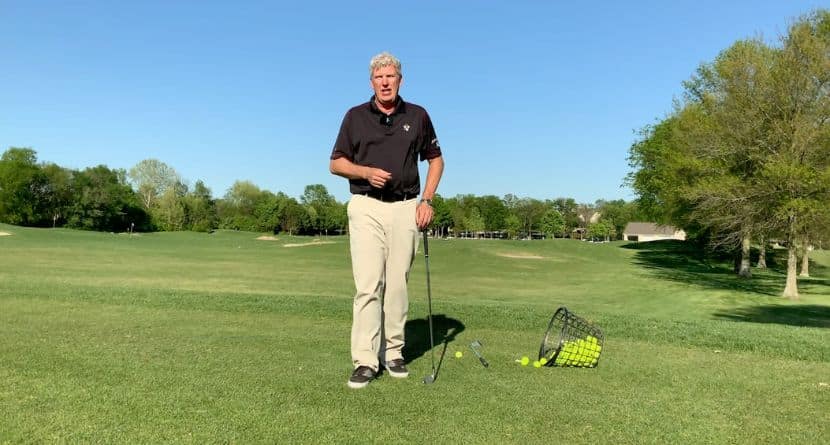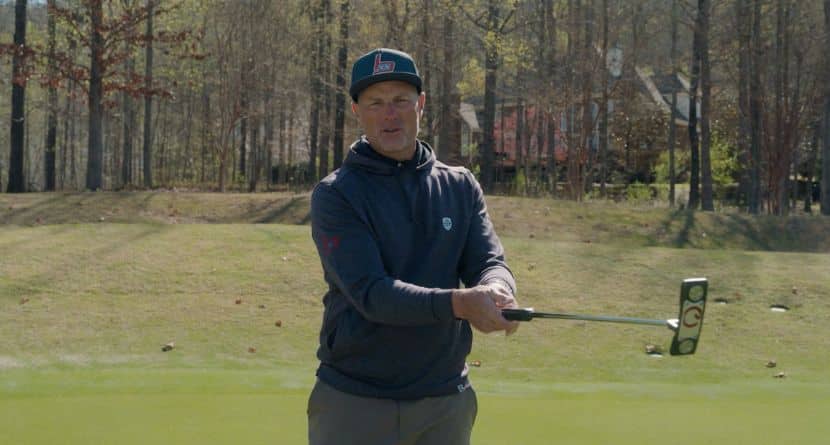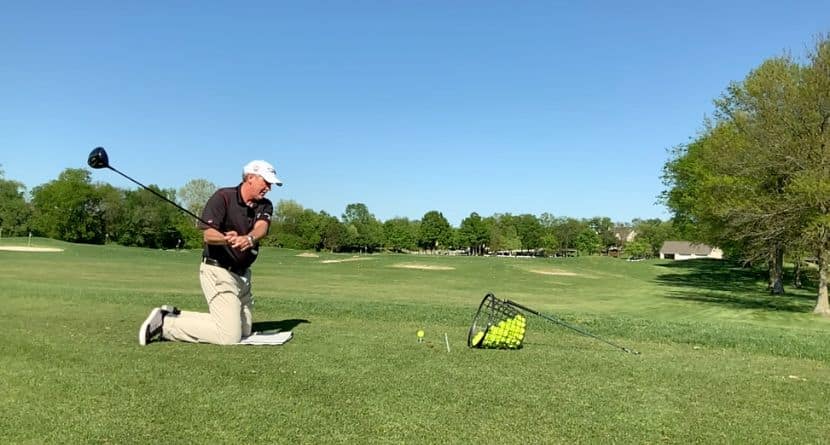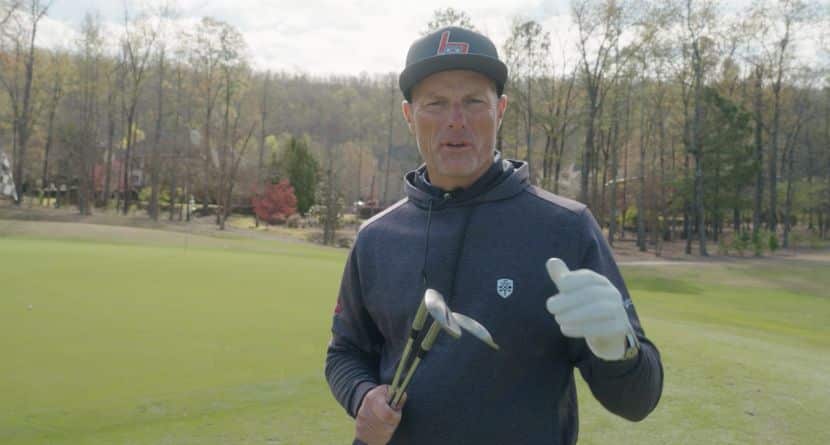We want to congratulate Retief Goosen on his induction into the World Golf Hall of Fame. A great career, highlighted by two U.S. Open Championships, will be remembered for his signature tempo and effortless power. Goosen swung with an ease that matched his demeanor on the course — smooth, measured and without a hitch.
From the moment the club moved away from the ball to well through impact, there seemed to be no effort, as if Goosen just let the club do the work. And that is exactly what we should take away from this Hall of Fame swing.
Players of all skill levels struggle to find power and work tirelessly to create clubhead speed to no avail. The problem is many are working counterintuitively to their goal. The first thing the player looking to add some yardage while keeping a good tempo needs to understand is that the downswing is not for building up speed and generating force, but rather conserving the energy the club has stored.
That’s right, the downswing is a waiting game. Herein lies what makes Goosen’s swing look so easy — the transition, or the point when the backswing turns into the downswing, is a subtle change in direction with no hurry or jerking motion. The best players in world know that spinning your wheels from the top will not only produce a slower swing, but also a very inaccurate ball flight.
A player with a swing speed of 100mph produces 100lbs of force at impact (math provided by people smarter). Even if you don’t hit that speed, you are still generating a force that is very hard and almost impossible to stop. What ineffective swingers do, however, is slow the club down and interrupt the proper sequence by not allowing the physics of the swing to time the release naturally.
Next time you hit balls, feel like your arms and hands are along for the ride. Drive the swing motion with the body, allowing the lower body to start the transition with the upper body following. Wait to engage your arms and hands until just before impact. You should feel like they need to catch and pass your body to square the face. This motion of moving the club very rapidly for a shorter distance is a very efficient way to produce reliable and consistent power.
The timeless drill of turning your driver upside down so the grip end is in a position to hit a ball is perfect here. Swing the club back and forth at average speed and work up to maximum speed.
Listen for the ‘whoosh’ sound of the grip end accelerating through the air and time it as close to impact as possible. Now you are working on conserving energy and building effortless power.



